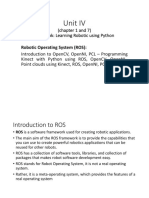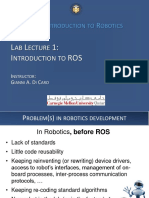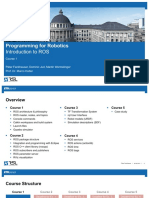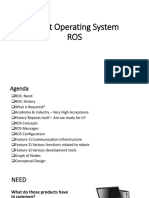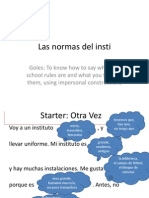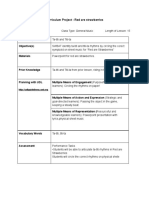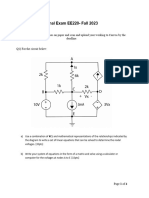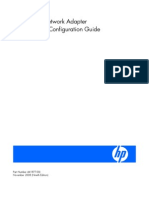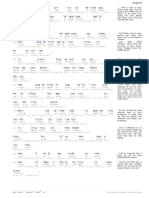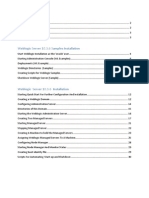0% found this document useful (0 votes)
42 views31 pagesROS Tutorial
This document provides an introduction to ROS (Robot Operating System) including how to install Ubuntu 14.04 and ROS Indigo in a virtual environment. It describes some key ROS concepts such as packages, nodes, topics, services, and launch files. It also discusses ROS capabilities like hardware abstraction, message passing, and debugging/visualization tools. Finally, it mentions the Gazebo simulator and how it allows testing robot code in a simulated environment.
Uploaded by
nhatduy.ctt1Copyright
© © All Rights Reserved
We take content rights seriously. If you suspect this is your content, claim it here.
Available Formats
Download as PPTX, PDF, TXT or read online on Scribd
0% found this document useful (0 votes)
42 views31 pagesROS Tutorial
This document provides an introduction to ROS (Robot Operating System) including how to install Ubuntu 14.04 and ROS Indigo in a virtual environment. It describes some key ROS concepts such as packages, nodes, topics, services, and launch files. It also discusses ROS capabilities like hardware abstraction, message passing, and debugging/visualization tools. Finally, it mentions the Gazebo simulator and how it allows testing robot code in a simulated environment.
Uploaded by
nhatduy.ctt1Copyright
© © All Rights Reserved
We take content rights seriously. If you suspect this is your content, claim it here.
Available Formats
Download as PPTX, PDF, TXT or read online on Scribd
/ 31




